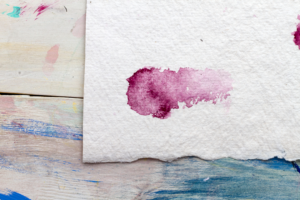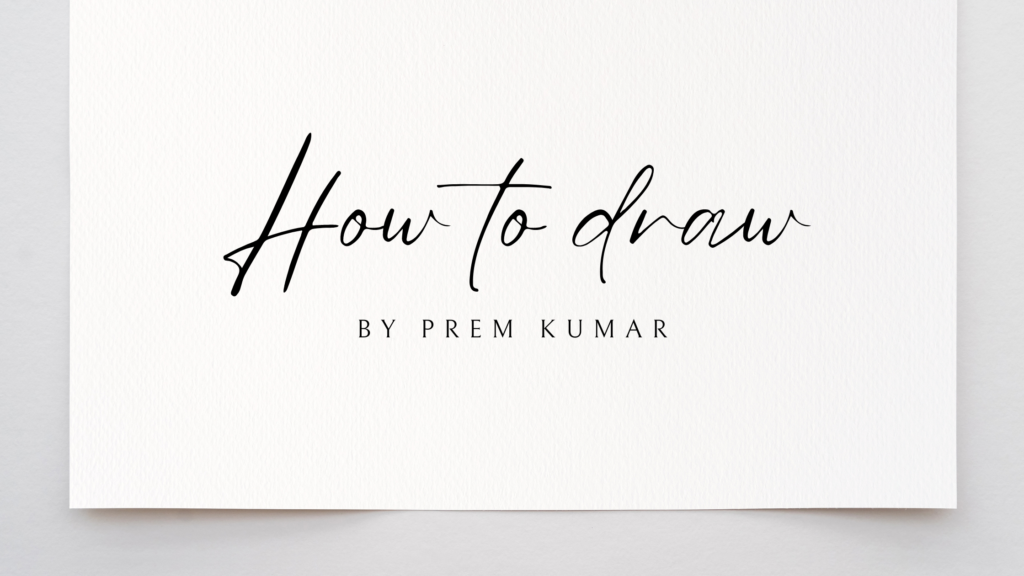Watercolor painting is renowned for its fluidity, transparency, and ethereal feel. However, one sometimes ignored part of watercolor painting is the surface to which it is applied. The choice of watercolor ground can have a huge impact on the outcome of your artwork, influencing how the colors behave and how the finished piece appears. In this guide, we’ll look at watercolor grounds and how they work best on different surfaces.
Understanding Watercolor Grounds

Before we go into specific surfaces, let’s clarify what watercolor grounds are. Watercolor grounds, also known as primers or mediums, are ingredients used to prepare a surface for watercolor painting. They improve the surface’s ability to absorb and hold watercolor pigments, resulting in smoother application and improved adhesion.
Paper Surfaces
1. Cold-Pressed Watercolor Paper: Cold-pressed paper, with its subtle roughness and moderate absorbency, is a popular choice for watercolor artists. Acrylic gesso and other classic watercolor grounds are suitable for this surface. Acrylic gesso has a toothy texture that increases color vitality and enables for detailed details.
2. Hot-Pressed Watercolor Paper: Hot-pressed paper has a smoother surface than cold-pressed paper, making it suitable for detailed work and smooth washes. While watercolor can be applied directly to hot-pressed paper, using a watercolor ground, such as absorbent ground or clear gesso, can enhance color intensity and control.
3. Watercolor Blocks: Watercolor blocks are ideal for plein air painting or working on the go. Many watercolor blocks come with pre-primed surfaces that are ideal for watercolor painting. However, if you like a more textured surface, apply watercolor ground to the block before beginning to paint.

Alternative Surfaces
1. Canvas: Canvas, while generally associated with oil and acrylic painting, can be used for watercolor painting if properly prepared. Applying an absorbent ground or watercolor ground to the canvas surface creates a porous surface that readily takes watercolor paints. Keep in mind that canvas texture will affect the final appearance of your painting, bringing a unique dimension to your work.
2. Wood: Painting on wood adds a unique and rustic touch to watercolor paintings. To prepare wood for watercolor painting, apply a coat of watercolor foundation or acrylic gesso. Sanding the wood before priming can result in a smoother painting surface. Experiment with different wood grains and textures to create unique effects in your watercolor paintings.
3. Yupo and Synthetic Papers: Yupo and synthetic papers are non-porous surfaces that do not absorb watercolor, unlike conventional papers. Instead, watercolor pigments sit on the surface, resulting in brilliant colors and distinct mixing effects. When painting on Yupo or synthetic paper, no extra watercolor base is required. However, because these surfaces are not absorbent, a new strategy is required.
Considerations for Choosing Watercolor Grounds
1. Texture: Consider the texture of the surface you’re working on and how it will influence your painting approach. Smooth surfaces, such as hot-pressed paper, are ideal for intricate work, but textured surfaces, such as cold-pressed paper, offer depth and character to your artwork.
2. Absorbency: The absorbency of the surface impacts how watercolor pigments react with it. Experiment with several watercolor grounds to get the right level of absorbency for your painting technique.
3. Transparency: Some watercolor grounds dry translucent, letting the underlying surface shine through. Consider if you want the surface texture to be evident in your finished piece or if you prefer a more opaque background.
4. Durability: Choose watercolor grounds that will give a long-lasting surface for your artwork, especially if you intend to use numerous layers or techniques that demand hard lifting.
Conclusion
The choice of watercolor ground has a significant impact on the outcome of your artwork. Understanding the qualities of different surfaces and experimenting with various watercolor grounds can help you discover new possibilities and improve your watercolor painting skills. Whether you use standard watercolor paper or nontraditional media such as canvas and wood, the correct watercolor foundation may help you confidently and creatively realize your artistic vision.
Some Recommendation for watercolor papers:
1. Arches
2. Fabriano
3. Strathmore
Read Also: Watercolor Pencils: A Guide to Choosing the Best for Your Art
To learn more about art, visit SILPAVAT.IN


